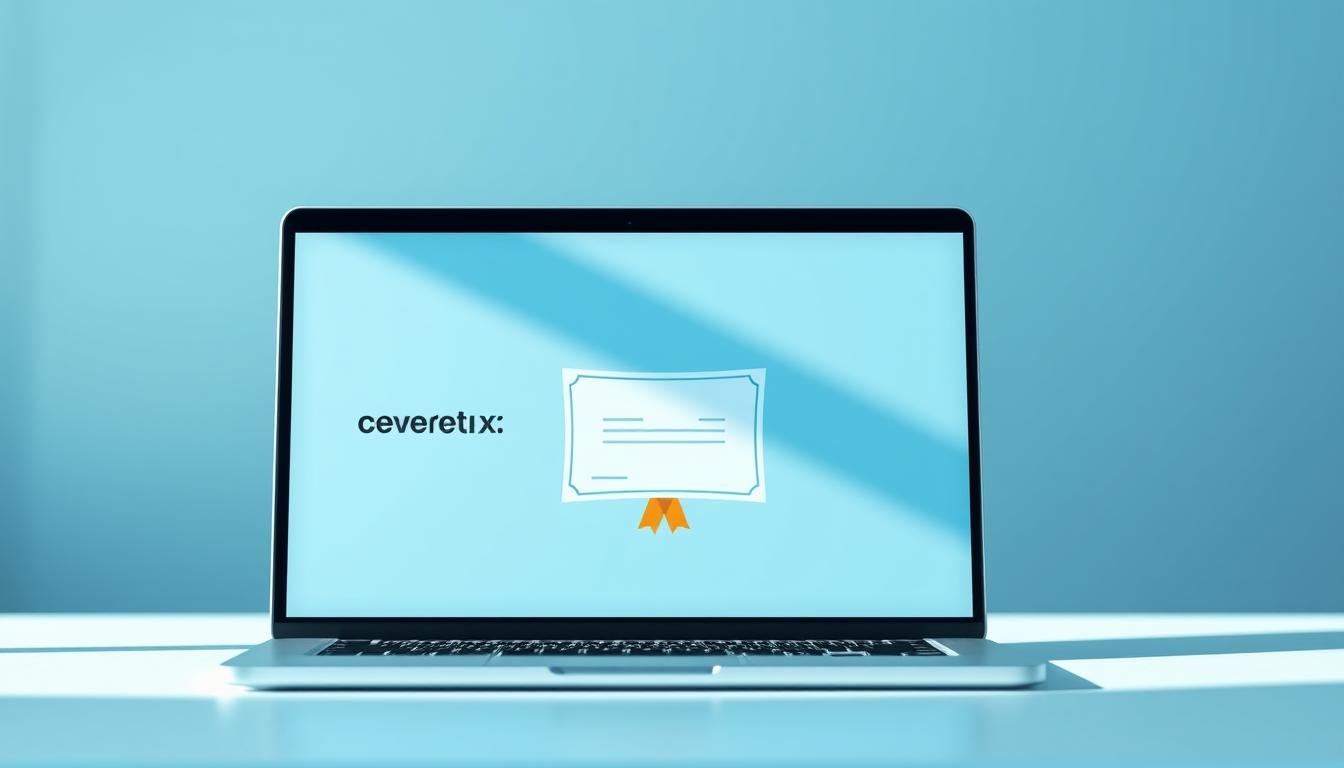Understanding Education Loan Interest Rates: A Comprehensive Guide
March 15, 2025 | by eventurex


Introduction to Education Loans
Education loans are financial instruments designed to support students in covering the costs of their education, including tuition fees, textbooks, and living expenses. With the rising cost of higher education, securing an education loan has become increasingly essential for many students seeking to pursue their academic goals. Understanding the nuances of education loans, particularly the interest rates associated with them, plays a crucial role in the borrowing process.
There are primarily three types of education loans: federal loans, private loans, and institutional loans. Federal loans are offered by the government and typically come with lower interest rates and flexible repayment options. These loans are often subsidized, meaning that the government pays some or all of the interest while the student is in school. On the other hand, private loans are offered by banks and other financial institutions, generally featuring higher interest rates and varied terms that depend on the creditworthiness of the borrower. Institutional loans, which are provided directly by educational institutions, can also differ widely in terms and conditions based on the institution’s policies.
Understanding the education loan interest rate is vital for prospective borrowers. Interest rates dictate how much a borrower will ultimately pay on the loan, influencing monthly payments and the total cost of borrowing. This is why it’s essential to meticulously compare education loan interest rates, understand their implications, and choose the best loan option that aligns with one’s educational and financial circumstances. As students navigate their educational journey, being well-informed about the types of loans available and the significance of their interest rates can lead to more prudent financial decisions and successful outcomes in their studies.
How Interest Rates are Determined
Education loan interest rates are influenced by a variety of factors, each contributing to the determination of the final rate a borrower will face. Among the most critical elements is the economic climate. In times of economic uncertainty or recession, lenders may increase interest rates to offset potential risks, while stable economic conditions can lead to lower rates. This dynamic underscores the importance of the broader economic environment on the cost of education loans.
Another significant factor is the policies of the lending institution. Different lenders have unique criteria and risk assessment strategies that affect how they determine interest rates. Some may offer competitive rates to attract borrowers, especially for educational loans, while others may have more stringent requirements that could lead to higher rates. The variability among lenders, therefore, means that borrowers must shop around to find the most favorable education loan interest rate available to them.
Additionally, the borrower’s credit score plays a crucial role in determining the interest rate on education loans. A higher credit score often indicates a lower risk of default, which typically translates to lower interest rates. Conversely, borrowers with lower credit scores may face higher rates due to the perceived risk they pose to lenders. Consequently, maintaining a good credit score can serve as a crucial strategy for minimizing education loan interest costs.
Lastly, the type of loan also significantly impacts interest rates. Federal student loans generally offer lower interest rates and more flexible repayment options compared to private loans. Understanding the nuances of both federal and private loans can empower borrowers to make informed decisions that align with their financial situations. Ultimately, comprehending how these diverse factors interact can help prospective borrowers navigate the complexities of education loan interest rates effectively.
Fixed vs. Variable Interest Rates
When considering education loans, borrowers will encounter two primary types of interest rates: fixed and variable. Understanding these options is crucial for making informed financial decisions. A fixed interest rate remains constant throughout the life of the loan, which means that the monthly payment remains predictable. This stability can be advantageous for borrowers who prefer to budget without the uncertainty of fluctuating expenses. Since the interest rate does not change, borrowers can plan their finances with certainty, potentially offering peace of mind.
On the other hand, variable interest rates fluctuate over time, typically linked to a benchmark rate or index, such as the Prime Rate or LIBOR. Initially, education loans with variable rates may offer lower interest rates compared to their fixed counterparts. However, this comes with a degree of risk as future rate increases can lead to higher monthly payments. Borrowers who anticipate a decrease in interest rates or those who plan to pay off their loan quickly may favor a variable rate loan due to its potential cost savings in the short term.
The choice between a fixed or variable interest rate often depends on individual circumstances and risk tolerance. For instance, a borrower with a stable, long-term income may prefer the reliability of a fixed interest rate. In contrast, someone with a fluctuating income or a high likelihood of early repayment might opt for a variable rate to take advantage of initial savings. Ultimately, understanding the nuances of education loan interest rates—both fixed and variable—empowers borrowers to select the option that aligns best with their financial situation and goals, making the decision-making process clearer and more informed.
Current Trends in Education Loan Interest Rates
In recent years, education loan interest rates have experienced significant fluctuations, influenced by various economic factors and government policies. As of October 2023, borrowers are observing a gradual increase in these rates, compared to the historically low levels seen during the peak of the COVID-19 pandemic when many educational institutions transitioned to online learning. The Federal Reserve’s moves to control inflation rates have also had a direct impact on the rates charged for education loans.
Data from various financial institutions reveal that the average education loan interest rate has risen from approximately 3.5% in early 2021 to nearly 5.5% by the end of 2023. This incremental rise can be attributed to increasing costs of living and adjustments made by lenders in response to the economic environment. Consequently, students and families contemplating education financing are advised to consider these upward trends seriously, as they significantly influence the affordability of higher education.
Moreover, the distinction between federal and private loan interest rates remains a critical factor for potential borrowers. Federal loans, which typically offer lower and more stable rates, have seen relatively modest increases, while private loans are more susceptible to market conditions, causing wider variances in rates offered by different lenders. As students evaluate their financing options, understanding these dynamics is essential to making informed decisions about borrowing.
In essence, the current landscape of education loan interest rates indicates a trajectory towards higher costs in the upcoming years. Aspiring students should explore all available options, including scholarships and grants, alongside loans, to mitigate the potential financial burden. Monitoring economic trends and interest rates can empower borrowers to secure the most favorable loan conditions, ultimately enhancing their educational pursuits.
Impact of Interest Rates on Repayment
Understanding the impact of education loan interest rates on repayment is crucial for borrowers to make informed financial decisions. Interest rates play a significant role in determining the total amount one will ultimately pay for their education loan. To illustrate this, consider two hypothetical education loans, each amounting to $30,000, but with different interest rates: one at 3% and the other at 7%.
For the loan with a 3% interest rate, if the repayment term is ten years, the monthly payment would be approximately $290. Over the life of the loan, the total repayment amount would come to around $34,800, which includes about $4,800 in interest. Conversely, with a 7% interest rate for the same loan amount and term, the monthly payment escalates to about $350. In this case, the total repayment amount rises significantly to approximately $42,000, leading to an extra interest payment of around $12,000.
This stark difference highlights how even a seemingly small increase in the education loan interest rate can have substantial financial ramifications over time. Borrowers should consider these implications when comparing loan options. Moreover, many lenders offer variable interest rates, which can fluctuate over the loan term, further complicating repayment planning. A rise in interest rates could lead to increased monthly payments, affecting a borrower’s budget and financial stability.
Furthermore, the type of interest rate can also significantly impact repayment plans. Fixed interest rates provide stability, ensuring that monthly payments remain constant throughout the term of the loan, while variable rates may initially offer lower payments but can lead to increased costs if rates rise. Ultimately, understanding how education loan interest rates influence overall repayment strategies is essential for borrowers to effectively manage their financial commitments.
Tips for Securing Lower Interest Rates
Securing a favorable education loan interest rate can significantly reduce the overall cost of borrowing for students pursuing higher education. There are several strategies that borrowers can employ to obtain lower interest rates on their education loans.
Firstly, one of the most effective steps is to improve your credit score before applying for a loan. Lenders often consider credit scores when determining interest rates. A higher credit score can indicate to lenders that the borrower is low-risk, which can translate to lower interest rates. To improve your credit score, you can focus on paying down existing debts, ensuring timely bill payments, and correcting any inaccuracies on your credit report.
Secondly, comparing different lenders is crucial. Different financial institutions offer a range of interest rates and loan terms. By shopping around and obtaining quotes from multiple lenders, borrowers can identify the most competitive education loan interest rates available. Online comparison tools can streamline this process, allowing for efficient evaluation of various loan packages.
Additionally, it is essential to fully understand the loan terms associated with education loans. Borrowers should take the time to review fixed versus variable interest rates and consider the long-term implications of each option. Fixed rates remain constant throughout the loan term, while variable rates can fluctuate based on market conditions, potentially leading to increased payments in the future.
Moreover, utilizing federal loan programs can result in lower interest rates. Federal student loans typically offer benefits like lower interest rates and income-driven repayment plans, which can make them more affordable compared to private loans. Students should explore these options thoroughly, as federal loans may provide more favorable terms.
By improving credit scores, shopping for the best loan options, and utilizing available resources, borrowers can effectively lower their education loan interest rates, thereby reducing their overall financial burden.
The Role of Government Subsidies and Grants
Government subsidies and grants play a crucial role in helping students manage the financial burden associated with higher education. By providing financial assistance, these programs can significantly reduce the amount of money that students need to borrow, thereby affecting the overall education loan interest rate they face. Essentially, subsidies and grants can lower the effective cost of education, making it more accessible to a diverse range of students.
Subsidized federal loans, for instance, are designed specifically for students with demonstrated financial need. Under these loans, the government pays the interest while the student is enrolled in school at least half-time. This not only alleviates the immediate burden of interest accumulation but also helps in lowering the total amount that students will owe upon graduation. In contrast to unsubsidized loans, where interest begins accruing immediately, subsidized loans provide a significant advantage by reducing future payments and overall debt.
Additionally, various grant programs, such as Pell Grants, are designed to offer direct financial support to students from low-income backgrounds. These grants do not require repayment, thus reducing the necessity for students to take out loans, further minimizing the long-term impact of education loan interest rates. Other programs may offer targeted assistance based on specific criteria, such as academic performance, geographic location, or field of study, enabling a broader range of students to benefit from financial aid.
In conclusion, government subsidies and grants serve as essential tools for mitigating the cost of education loans. They not only help reduce the total amount borrowed but also lower the financial pressure associated with high education loan interest rates. By availing themselves of these programs, students can pursue their academic goals with greater confidence and less financial strain.
Refinancing Education Loans: Is It Worth It?
Refinancing education loans involves obtaining a new loan to pay off existing student loans, often with different terms and possibly a more favorable education loan interest rate. This process can be appealing to borrowers seeking to lower their monthly payments, reduce their interest rates, or consolidate multiple loans into one manageable payment. However, it is essential to evaluate both the benefits and drawbacks to determine if refinancing is a suitable option for individual financial situations.
One of the primary advantages of refinancing education loans is the potential to secure a lower interest rate. If borrowers’ credit scores have improved since they originally took out their loans or if market interest rates have decreased, refinancing could result in significant savings over the life of the loan. Additionally, consolidating multiple loans into a single payment simplifies the repayment process, thereby reducing the chances of missed payments.
On the other hand, it is crucial to consider the potential downsides. Refinancing can lead to a loss of certain borrower protections associated with federal loans, such as income-driven repayment plans or loan forgiveness programs. If the new loan is with a private lender, borrowers may not have access to these benefits. Moreover, if an education loan interest rate is variable rather than fixed, borrowers may face fluctuations in their monthly payments, complicating financial planning.
Furthermore, factors to consider include an individual’s current financial situation, employment stability, and long-term financial goals. It is advisable to conduct thorough research and potentially consult with a financial advisor before deciding to refinance education loans. By carefully weighing the pros and cons and understanding how refinancing impacts their education loan interest rate, borrowers can make informed decisions that align with their financial objectives.
Conclusion and Final Thoughts
In navigating the complex landscape of education financing, understanding education loan interest rates is paramount. Throughout this guide, we have explored the various elements that contribute to these rates, including factors such as credit history, loan type, and repayment terms. Recognizing how these elements interplay can significantly affect prospective borrowers’ decisions, ensuring they select the best possible financing options for their educational needs.
It is essential for students and their families to familiarize themselves with the different types of education loans available. Federal loans often come with more favorable interest rates and repayment plans compared to private loans. Additionally, the benefits associated with federal loans, such as income-driven repayment options and potential loan forgiveness, present attractive features that can alleviate financial burdens in the long term. Understanding these nuances is crucial for making empowered financial choices.
Moreover, prospective borrowers should stay informed about the current market trends related to education loan interest rates, as these can fluctuate significantly over time. Continuous research enables individuals to identify the most favorable time to assume debt for educational purposes, potentially resulting in reduced overall financial strain. It is also prudent to consider factors such as fixed versus variable rates, as these can impact monthly payments and overall costs associated with the loan.
In conclusion, by making informed decisions and understanding the implications of education loan interest rates, borrowers can better prepare themselves for their financial futures. This knowledge not only aids in managing current educational expenses but also fosters a foundation for financial literacy that will serve individuals well beyond the classroom. Being proactive in the selection of loans ultimately contributes to a more robust economic outlook for students as they embark on their professional journeys.
RELATED POSTS
View all




